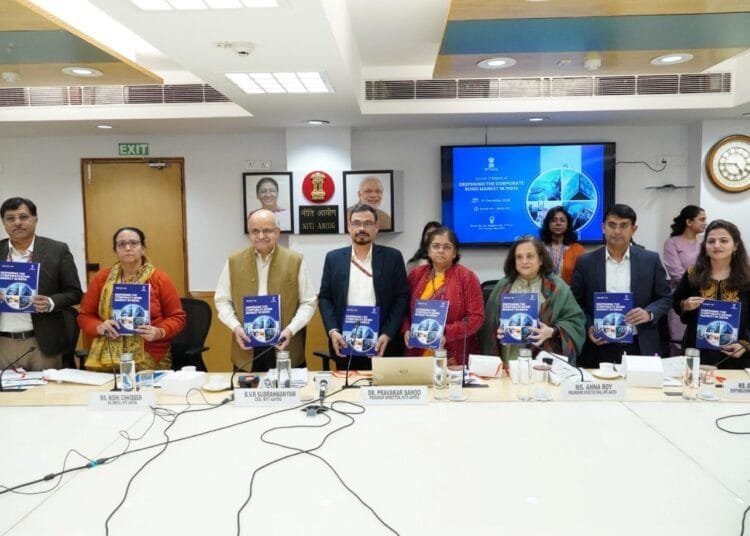India is a new bright spot in Asia and its Gross Domestic Product (GDP) growth is expected to strengthen to 7.5 per cent per annum for 2015 and 2016, respectively, the International Monetary Fund (IMF) has said.
The economic growth will be benefitting from recent policy reform announcements and lower crude oil prices, a major import cost for the country.
“Early implementation of the reforms will reinforce confidence and increase growth potential,” said the Fund in its presentation Regional Economic Outlook for Asia and Pacific in Singapore on May 7, 2015.
Although India’s near-term growth outlook has improved, its medium-term prospects remain constrained by longstanding structural weaknesses, IMF cautioned.
With higher political certainty, improved business confidence, reduced external vulnerabilities and lower commodity prices, real GDP growth is forecast to rise to 7.2 per cent in the Financial Year 2014-15, accelerating to 7.5 per cent in the following two years.
While several recent policy measures have helped eased supply-side constraints, further measures are needed in the energy, mining and power sectors, it added in the report on India.
The Government should continue with reforms to streamline and expedite land and environmental clearances, increase labor market flexibility, and simplify business procedures to improve India’s business climate. It should also continue to simplify business procedures which is crucial for sustaining faster and more inclusive growth.
The Indian economy has made a remarkable turnaround in response to more effective policies and resolution of political uncertainty from mid-2013 when it was hard hit due to a number of economic factors.
Domestic and external vulnerabilities have moderated on the sharp decline in the current account deficit and inflation, the fiscal position has begun to improve and a resumption of capital inflows allowed a significant buildup in foreign reserves, the IMF noted.
This confluence of achievements has made India one of the bright spots in the global economy, and the fastest growing economy in emerging markets.
Nonetheless, downside risks remain, including from potential surges in global financial market volatility and slower global growth as well as policy implementation risks within the country.
The 2014/15 budget deficit target of 4.1 per cent of GDP was likely met, helped by the decline in global oil prices and recent deregulation in domestic fuel prices.
As a result, India is now better placed to deal with external financial shocks.
“Nonetheless, challenges remain as growth continues to be constrained by supply-side bottlenecks; previous weak growth and delays in implementing infrastructure projects have placed pressure on banks’ asset quality, particularly at state-owned banks that lent heavily to infrastructure companies; corporate vulnerability indicators, while showing signs of stabilization, remain elevated, the IMF pointed out.
Important economic reforms have been initiated following the decisive outcome of the 2014 national elections.
Following its landslide victory in May of that year, the government of Prime Minister Narendra Modi introduced numerous economic reforms, including deregulating diesel prices and raising natural gas prices, moving to create more flexible labor markets and the passage of the Goods and Services Tax, enhancing financial inclusion, and relaxing Foreign Direct Investment in several key sectors, observed the Fund.
The Reserve Bank of India has adopted a flexible inflation-targeting framework. These actions have also served to buoy investor sentiment, it noted.
fii-news.com









